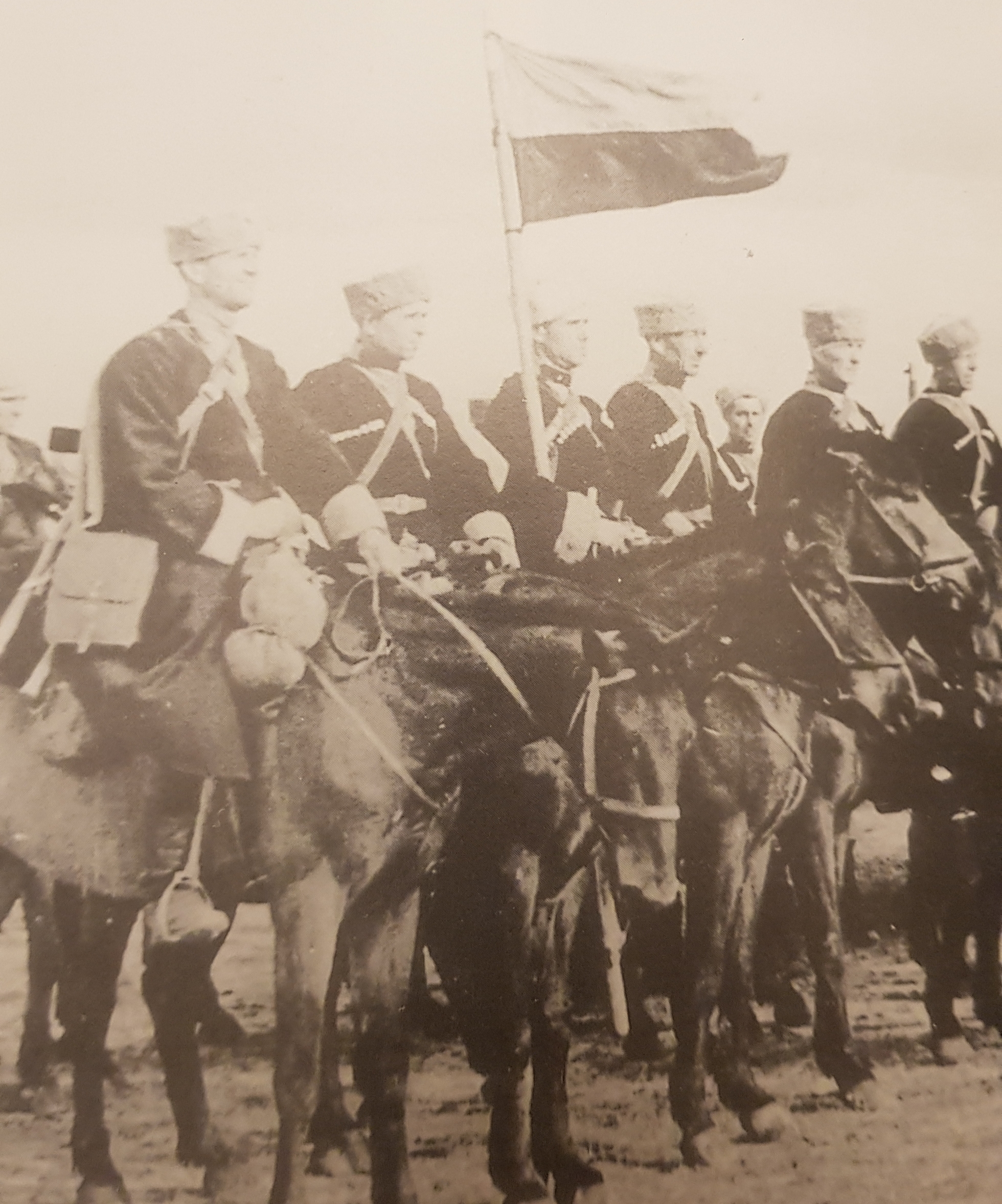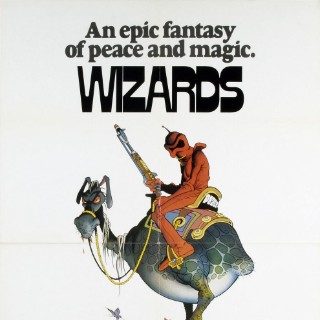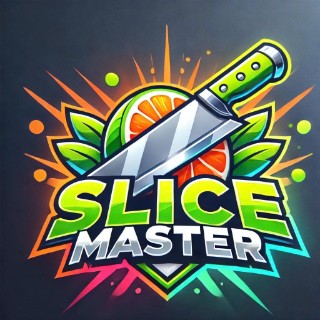Part 1:
Major Uniforms of the Worker's and Peasant's Red Army (RKKA) aka Soviet Army:
(This section on uniforms and equipment is to allow a shared understanding and vocabulary for further discussion of Soviet forces/miniatures).
M35 Tunic -
An RKKA Infantryman started WW2 in the M35 tunic. It was a pull over garment with a stand and fall collar and two breast pockets.

Colored tabs and rank as well as occasionally branch pins could be found on the collar early war.

Subdued tabs and rank or even no tabs or rank were probably more common.

(Subdued)

(No tabs, no rank)
Regardless, collar rank or lack there off is something represented by paint, not intrinsic to a 28mm miniature.
M43 Tunic -
In 1943 the M43 tunic was introduced. The pagoni (shoulder boards) of old Russia were reinstated to improve morale/esprit de corps.

The M43 had a standing collar.

The M43 generally had no pockets. The M43s for Officers and females had breast pockets. Supposedly in the late war, Enlisted Men could also wear the tunics with pockets.

(Note female has pockets. Also note the Antitank patch on left sleeve. This along with the wound stripe are the only patches I am aware of the RKKA using).

(What appears to be an Enlisted Man with a pocketed M43).
M35 tunics continued in use but they were often modified with shoulder boards.

Pants -
The same pants were worn throughout the war. While it has been suggested that the pants with the diamond shaped knee reinforcement were for Enlisted Men and the pants without reinforcement was for Officers there is photographic evidence of Officers wearing the pants with knee reinforcement.
Winter Uniforms -
In the winter season the RKKA Soldier was issued woolen versions of the M35 or M43 tunics and pants. He would exchange this uniform(s) for the cotton summer version in spring time.
The great coat was in use from the beginning to the end of the war. There were detail changes to the coat and the collar insignia but nothing we needs concern ourselves with in 28mm.
Simultaneously (from 1941 onwards) the teliogrieka was issued. This is is the iconic padded jacket.

Very early teliogriekas had stand and fall collars.

Most had a small standing collar. They could have shoulder boards added, more commonly by NCOs and Officers.
There were also padded pants.
The Bekesha is the far less common sheep skin coat. Seemingly more commonly issued to Officers, but I've seen pictures of whole tank units wearing it.

https://www.instagram.com/reel/CX5hygrg6sX/?utm_medium=copy_link
Some troops were issued valenki (felt boots). I imagine these were mainly used for sentry and more sedentary duties.

(Valenki wearing Soviet who appears less than impressed with a prisoner's foot wear).
Softcaps -
The most common soft cap in the warmer months was the iconic pilotka aka side cap.


Most commonly found with a star on the front, but not always. Some Soldier wore them slanted to the left, some to the right. (Many armies standardize this one way or another). Supposedly it was common to keep a needle and thread in the folds of the pilotka.
The saucer cap/visored field cap was far less common but still worn by the RKKA Soldier. I have seen pictures of all ranks, to include an entire mortar crew wearing these.

This cap has a much smaller brim and saucer than the monster Soviet saucer caps of the cold war.
In the colder months the ushanka was worn.


The Officer versions used real fur. The Enlisted version was made of an artificial fur so far removed from real fur the troops called it "fish fur." Who says you can't have a sense of humor on the Eastern Front?
It's worth noting that Soviet troops had a much greater penchant for wearing soft caps into combat then the Germans or Western powers. I'm not saying it was the majority or even common - it was just a more common practice than you found in peer nations.
Helmets -
The SSh-36 began production in surprise, 1936, and ended production in 1941.

It was already being phased out by Barbarossa. You see some in the early war and I'm sure some survived far longer in isolated theaters. An early war kit should have some SSh-36 helmet wearing heads.
The SSh-39/SSh-40 were modern well shaped helmets appropriate for the entire war. Like the US M1 helmet it would have an incredibly long service life and it or its clones would be widely adopted by other nations. The difference between the SSH-39 and 40 was the liner and external rivet pattern. The rivets should not be discernable in 28mm.

Weapons -
SMGs
Three main submachine guns (SMGs) to concern ourselves with.
The early war PPD-40. An effective weapon but too difficult to mass produce.


The PPSh-41 aka the pappasha aka the ICONIC Soviet weapon of WW2.
https://www.rbth.com/history/329701-why-is-this-wwii-submachine-good/amp
Robust, reliable, and effective. Fired the very hot 7.62x25. Arguably the best SMG of the war. The RKKA equipped vast numbers of men with these. Far more SMGs fielded by the Soviets than any other power. In the second half of the war and at close range a Soviet squad equipped with SMGs had a significant firepower advantage over most German Infantry Squads. (Even in Korea, the US Army noted PPSh-41 armed North Koreans/Chinese often won close range firefights against Garand and BAR armed Americans).


The PPSh-41 was prized by German Soldiers as well. Some were even rechambered by the Germans in 9mm.

(German Officer, Stalingrad.)
The PPS-43. The third significant Soviet SMG. Fielded from the midpoint of the war on. Even simpler and faster to build than the PPSh-41. Lighter with a more controllable rate of fire than the PPSh-41. Astonishingly simple to break down and maintain. I consider it the best SMG of WW2.



-----

(Left to right: PPD-40. Unidentified. PPD-40. PPSh-41.)
RIFLES
SVT-40. The SVT-40 was a semiautomatic rifle chambered in 7.62x54. In essence it was the Soviet Garand. It was fairly widely fielded in the beginning of the war. Later production of the complex and time consuming rifle would fall to the wayside as the Soviet Union struggled to arm reconstituted and newly raised Divisions.



There was a scoped sniper variant as well.


Mosin-Nagant 91/30

The RKKA's primary rifle. Not the worst bolt action of the war, but a long way from the best. Early rifles had hex shaped receivers. The majority had round receivers.

(Top: hex receiver. Middle: round receiver with optics mount. Bottom: round receiver.)
https://www.americanrifleman.org/content/a-look-back-at-the-mosin-nagant-91-30/
There was a sniper variant as well. The numbers of sniper 91/30s fielded and as well as the simple, rugged, and effective fixed power optic commonly fitted makes the sniper variant of the 91/30 the most significant sniper rifle of the war and arguably the best.

(91/30, early optic and mount)

(91/30, common optic and mount)
M38. A carbine (shortened variant) of the 91/30. Could not accept a bayonet. Was commonly fielded to rear echelon troops.

M44. Later carbine variant of 91/30 that had an integral bayonet. Would have been seen very late war.


There's some debate on whether this went to front line or rear echelon troops or both. More research needed.
(More to follow)
Webbing Equipment - (More to follow)










































































































 (Probably reenactors... but that's not the point).
(Probably reenactors... but that's not the point). 














































